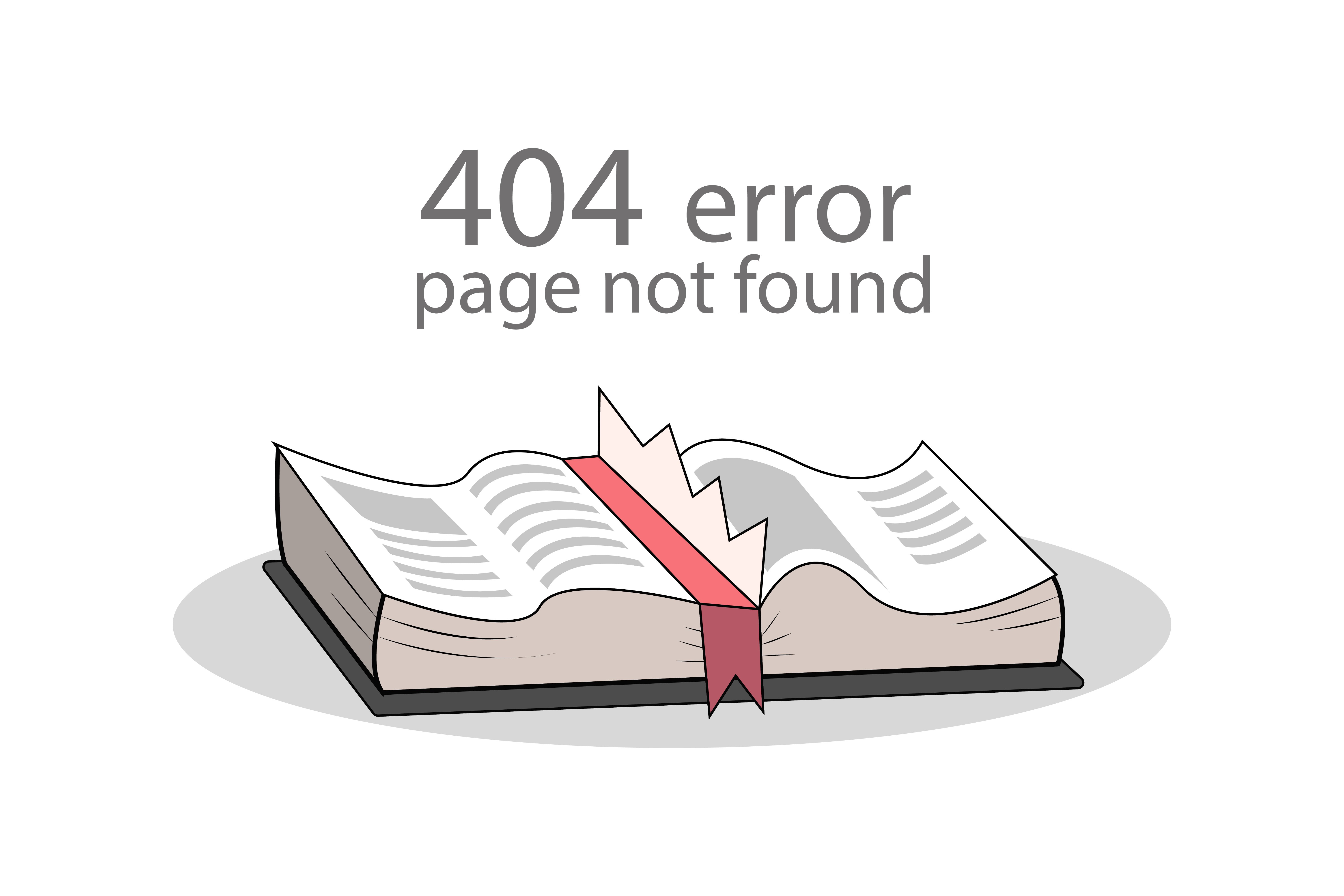
Tomcat 6 or older), then remove the annotation. According to the STRUTS2 example in the book, an error will occur in the run:HTTP Status 404-there is no action mapped for namespace / and action name. Or, in case you're not on Servlet 3.0+ yet (e.g. Below is a Servlet 4.0 compatible one (which matches Tomcat 9+, WildFly 11+, Payara 5+, etc). In order to use you only need to make sure that your web.xml file, if any (it's optional since Servlet 3.0), is declared conform Servlet 3.0+ version and thus not conform e.g.
Http status 404 not found how to#
Public class YourServlet extends HttpServlet /test, how to map in web.xml? works only on Servlet 3.0 or newer package com.example // Use a // This is the URL of the servlet. Those Codes indicate that there is an error on your end, i.e. The URL pattern is to be specified as value of annotation. It's absolutely not per definition the classname/filename of the servlet class. The servlet URL is specified as the "URL pattern" of the servlet mapping. You can even do without it and put the JSP file directly in webcontent/webapp root, but I'm just taking over this from your question. Note that the /jsps subfolder is not strictly necessary. Below is an example of the folder structure of a default Maven webapp project as seen in Eclipse's Navigator view: MavenProjectName 404.3 - Multipurpose Internet Mail Extensions (MIME) type restriction. In case of a Maven project, the class needs to be placed in its package structure inside main/java and thus not main/resources, this is for non-class files and absolutely also not main/webapp, this is for web files. IIS 7.0 and later versions define the following HTTP status codes that indicate a more specific cause of an error 404: 404.0 - Not found. Below is an example of the folder structure of a default Eclipse Dynamic Web Project as seen in Navigator view (the "Java Sources" folder is in such project by default represented by src folder): EclipseProjectName Status: 404 Not Found Response: The resource you are looking for has been removed, had its name changed, or is temporarily unavailable. In case of a "plain" IDE project, the class needs to be placed in its package structure inside the "Java Sources" folder, not inside "Web Content" folder, which is for web files such as JSP. Packageless servlets work only in specific Tomcat+JDK combinations and this should never be relied upon. This way you eliminate potential environment-specific problems. You should always put publicly reuseable Java classes in a package, otherwise they are invisible to classes which are in a package, such as the server itself.

Make sure compiled *.class file is present in built WAR.rvlet.* doesn't work anymore in Servlet 5.0 or newer.I am also the providing the data presented in servlet.java and web.This can have a lot of causes which are broken down in following sections:

Tomcat6->webapps->DemoApp(Myapplication)->WEB-INF->classes->servlet.java/servlet.java but when I am trying the application it is showing me the 404 status error. Now when I try " it is showing me the home page of tomcat. So I changed the port number of "server.xml" in "conf" folder in "tomcat" by following the link "". Say like " it showed me Oracle home page.

And also executing fine while I am trying to run the program in Eclipse.īut while I am trying manually from browser.


 0 kommentar(er)
0 kommentar(er)
